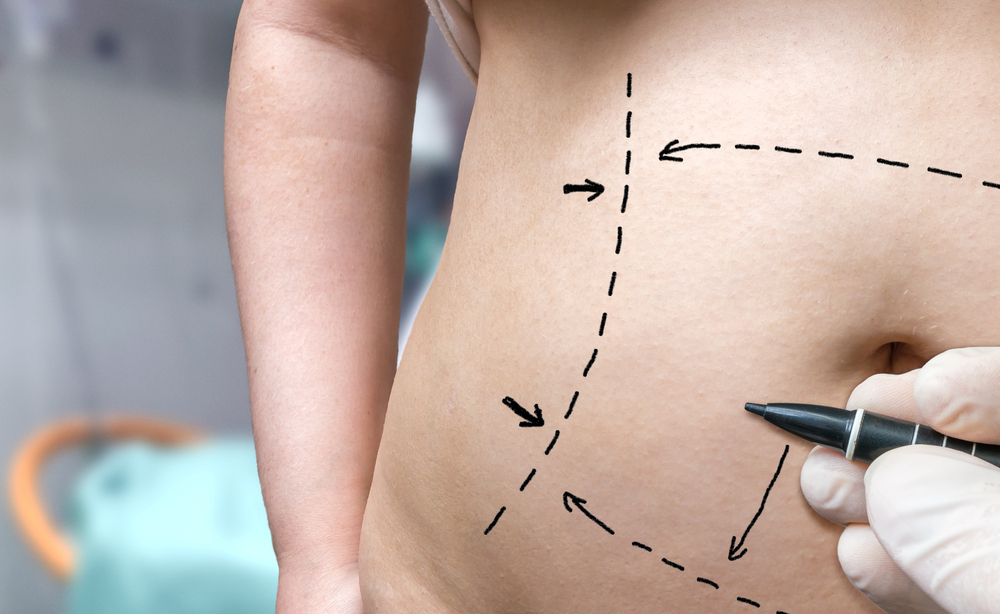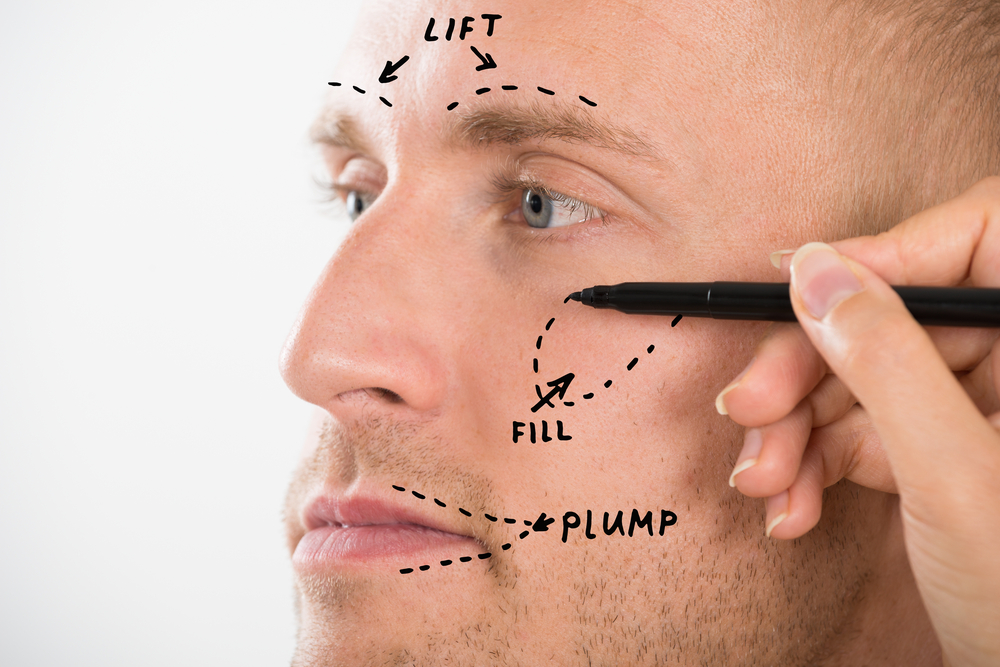Many people ask what is the difference between a mini tummy tuck and full tummy tuck. So, we are going to discuss the differences between the two to help you come to a decision about the best options for you if you are considering having either of the procedures. We will look at what the surgeries are, who they are suitable for, how you need to prepare for them and also what to expect after the surgeries.
What Is The Difference Between A Mini Tummy Tuck and Full Tummy Tuck
The main difference between a mini tummy tuck and a fully tummy tuck is the area that is focused on. A mini tummy tuck rejuvenates the lower abdominal area by removing excess fat and skin, whereas a full tummy tuck (also known as an abdominoplasty) improves the appearance of the entire abdomen, again through the removal of excess fat and skin.
A mini tummy tuck takes around 1.5-2 hours, whereas a full tummy tuck is slightly longer at around 3 hours. Deciding which option is right for you depends on the extent of the fat and skin that needs to be removed and also where it is located. This is something that can be decided along with your surgeon.
What Is The Difference Between A Mini Tummy Tuck and Full Tummy Tuck Patient
Mini tummy tuck and full tummy tuck patients are very similar. Both procedures are usually performed on patients who have excess skin following child birth, people who have lost a significant amount of weight or people who have had issues with previous abdominal surgery. As mentioned previously, the main difference is how much skin or fat needs to be removed and where it is, which will be determined on a patient by patient basis.
So, answering what is the difference between a mini tummy tuck and full tummy tuck patient can be difficult. When you have a consultation with your surgeon, you will discuss your expectations for the surgery and this will help to determine which procedure you have.
What Is The Difference Between A Mini Tummy Tuck and Full Tummy Tuck Preparation
There is very little difference between the preparation for a mini tummy tuck or a full tummy tuck as the procedures are so similar in nature. Both operations should be postponed if you feel unwell, you need to disclose any changes to your health, you should avoid smoking and taking the contraceptive pill for 6 weeks before the surgery and you should be a stable weight.
It is also advised to not take aspirin, anti inflammatory drugs or herbal supplements before the surgery. Finally, it is also important to carefully consider whether you would like children after your procedure, as this can affect the results. So, in response to the question what is the difference between a mini tummy tuck and full tummy tuck preparation, the answer is not much!
What Is The Difference Between A Mini Tummy Tuck and Full Tummy Tuck Recovery
The recovery time for a mini tummy tuck is slightly shorter as it is a smaller procedure. You should avoid excess straining in the first week and will need to wear a support garment for 4-6 weeks. You can resume light exercise around a week after the surgery and regular exercise after 3-4 weeks. You will experience swelling for weeks or potentially months, which is expected.
With a full tummy tuck, most of the same recovery rules apply although you have to avoid strenuous activity for two weeks, then you can begin to exercise lightly. However, you can’t return to normal exercise for 6 weeks. Again, answering the question what is the difference between a mini tummy tuck and full tummy tuck recovery can be difficult, as the exact details will depend on each patient.
Final Thoughts
To summarise, the main difference between a mini tummy tuck and full tummy tuck is the area and size of the operation. Answering the question what is the difference between a mini tummy tuck and full tummy tuck can sometimes be complicated, as the specifics of each procedure will depend on your circumstances.
If you would like to find out more information about the procedures, please visit our mini tummy tuck or abdominoplasty pages. To discuss your options with a member of our team or to book a consultation, we would love for you to contact us.


